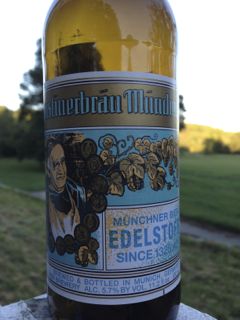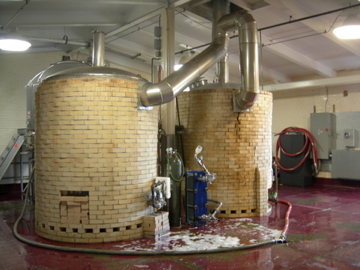
When I first arrived in Munich many years ago as a young college student I did not drink beer – at all. Sure, I had tried it, from the cheap stuff that my friends would once in a while get me to try, to the Moosehead we drank with that cool, older friend we so wanted to be like. Of course, Moosehead was Canadian which, at the time, was the closest thing to craft beer any of us had ever seen, but it certainly wasn’t good beer.
Anyway, in Munich not drinking beer is like not breathing air. I persisted for a while, sipping on 0.2 liters of lukewarm Coke while my new-found friends were nipping on their 0.5 Liter beers. For those keeping track at home, that’s a tiny Coke, and a large beer, and given that the Coke was also more expensive it was slowly draining my budget.
Over time, I tried a Radler (the Bavarian counterpart to a shandy) and Weissbier before eventually learning to enjoy that most classic of Munich brews, the Helles. Helles is a golden lager, lightly hopped, with a pleasant malt taste. In this day of massive IPAs it may seem a little mild, but it’s a great session beer, and the staple brew of every Munich biergarten.
Mild though they may be, no two Helles are alike, and one is the king of them all – the somewhat boastfully named Edelstoff (or “noble stuff”). Augustiner Bräu, the proud brewer of Edelstoff, is Germany’s oldest independent brewery and the smallest and most authentic of Munich’s great breweries. Now, most of the bars in Munich are (or were) tied houses, meaning they served only the beer of their host brewery, most frequently Paulaner or Löwenbräu. I was fortunate enough to live around the corner from an Augustiner pub, so I could enjoy Edelstoff on a regular basis. If you happen to be traveling to Munich, you can swing by the Augustiner Kellar, where Edelstoff is available from wooden casks year-round.
Unfortunately, that’s no longer as easy here in the US, although there are a number of US breweries taking a decent shot at brewing good Helles. None of them, though, are Edelstoff, so it was a very pleasant surprise the other day when a visitor from Germany brought over two precious bottles. Alas, only the 12 ounce bottle, but a pleasure nonetheless.
Prost!

